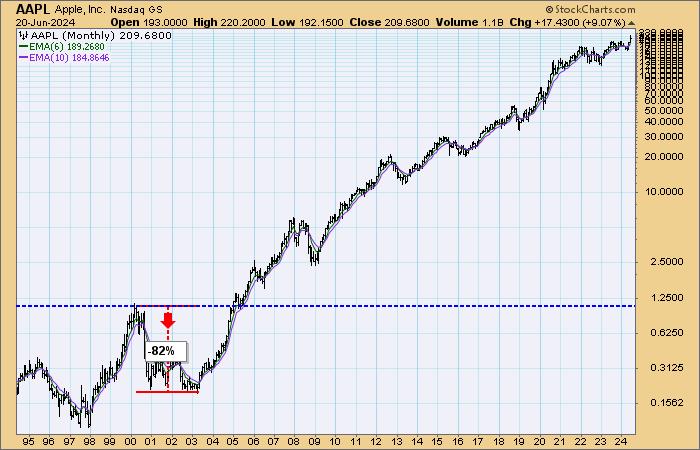June 21, 2024
Dot.com Deja Vu: Navigating the Disaster
 Deja Dot.com Disaster: Lessons Learned from a Prominent Failure
In the late 1990s, Deja.com emerged as a promising platform where users could explore and participate in discussions within Usenet groups. The platform allowed people to search through extensive archives of Usenet posts and engage in conversations on a range of topics. However, what started as a hopeful venture ultimately turned into a cautionary tale in the early 2000s as Deja.com faced a series of setbacks that led to its demise.
One of the main factors contributing to the downfall of Deja.com was the dot-com bubble burst that occurred in the early 2000s. This period marked a significant decline in the value of internet companies, leading to many startups failing due to a lack of sustainable business models. Deja.com, like many other dot-com companies at the time, struggled to generate sufficient revenue to sustain its operations.
Additionally, Deja.com faced challenges related to its business strategy and execution. The platform initially gained popularity as a Usenet archive search engine but later attempted to pivot towards becoming a shopping comparison website. This shift in focus confused and alienated many of its users who were primarily interested in the platform for its Usenet functionalities. The hasty transition to a new business model without a clear understanding of user needs proved to be a fatal mistake for Deja.com.
Furthermore, Deja.com experienced technical difficulties and infrastructure issues that hampered its ability to provide a reliable service to users. Users faced frequent outages, slow loading times, and other performance issues that eroded trust in the platform. As a result, many users started to migrate to alternative platforms that offered a more stable and user-friendly experience.
Another critical misstep by Deja.com was its failure to adapt to changing market trends and evolving user preferences. The emergence of social media platforms and other online communities posed a significant threat to Deja.com's traditional Usenet-centric approach. Instead of innovating and diversifying its offerings to stay relevant, Deja.com remained stagnant and failed to keep up with the evolving digital landscape.
In conclusion, the story of Deja.com serves as a poignant reminder of the pitfalls that startups and internet companies can face in a rapidly changing and competitive environment. The demise of Deja.com was a result of various factors, including the dot-com bubble burst, flawed business strategy, technical challenges, and a failure to adapt to emerging trends. By studying the failures of Deja.com, entrepreneurs and companies can glean valuable lessons on the importance of resilience, strategic planning, user-centricity, and continuous innovation to navigate the volatile waters of the digital economy.
Deja Dot.com Disaster: Lessons Learned from a Prominent Failure
In the late 1990s, Deja.com emerged as a promising platform where users could explore and participate in discussions within Usenet groups. The platform allowed people to search through extensive archives of Usenet posts and engage in conversations on a range of topics. However, what started as a hopeful venture ultimately turned into a cautionary tale in the early 2000s as Deja.com faced a series of setbacks that led to its demise.
One of the main factors contributing to the downfall of Deja.com was the dot-com bubble burst that occurred in the early 2000s. This period marked a significant decline in the value of internet companies, leading to many startups failing due to a lack of sustainable business models. Deja.com, like many other dot-com companies at the time, struggled to generate sufficient revenue to sustain its operations.
Additionally, Deja.com faced challenges related to its business strategy and execution. The platform initially gained popularity as a Usenet archive search engine but later attempted to pivot towards becoming a shopping comparison website. This shift in focus confused and alienated many of its users who were primarily interested in the platform for its Usenet functionalities. The hasty transition to a new business model without a clear understanding of user needs proved to be a fatal mistake for Deja.com.
Furthermore, Deja.com experienced technical difficulties and infrastructure issues that hampered its ability to provide a reliable service to users. Users faced frequent outages, slow loading times, and other performance issues that eroded trust in the platform. As a result, many users started to migrate to alternative platforms that offered a more stable and user-friendly experience.
Another critical misstep by Deja.com was its failure to adapt to changing market trends and evolving user preferences. The emergence of social media platforms and other online communities posed a significant threat to Deja.com's traditional Usenet-centric approach. Instead of innovating and diversifying its offerings to stay relevant, Deja.com remained stagnant and failed to keep up with the evolving digital landscape.
In conclusion, the story of Deja.com serves as a poignant reminder of the pitfalls that startups and internet companies can face in a rapidly changing and competitive environment. The demise of Deja.com was a result of various factors, including the dot-com bubble burst, flawed business strategy, technical challenges, and a failure to adapt to emerging trends. By studying the failures of Deja.com, entrepreneurs and companies can glean valuable lessons on the importance of resilience, strategic planning, user-centricity, and continuous innovation to navigate the volatile waters of the digital economy.
If you would like to delve into the world of investment topics , go to our partner project Wall Street Wizardry


